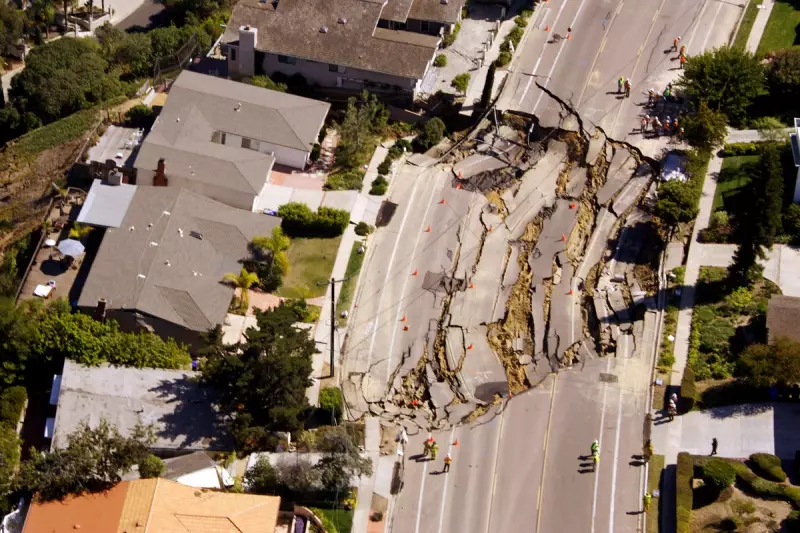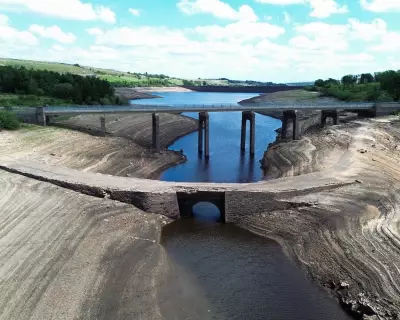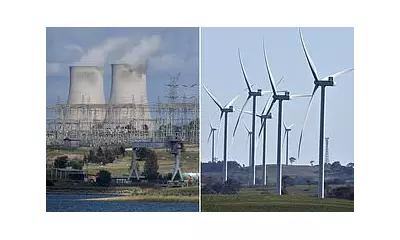
In a major scientific breakthrough that could save lives and property across the United Kingdom, researchers have developed an artificial intelligence system capable of detecting dangerous sinkholes before they appear on the surface.
The Hidden Threat Beneath Our Feet
As climate change brings more extreme weather patterns to Britain, the ground beneath our cities and countryside is becoming increasingly unstable. Sudden sinkholes have been appearing with alarming frequency, swallowing cars, damaging infrastructure, and putting communities at risk.
The revolutionary technology uses satellite data and advanced algorithms to identify subtle ground movements that indicate an impending collapse - sometimes months before any visible signs appear at street level.
How the Detection System Works
The cutting-edge approach combines several sophisticated monitoring techniques:
- Satellite radar scans that measure millimeter-scale ground deformations
- AI algorithms trained on thousands of previous sinkhole incidents
- Geological data analysis identifying high-risk areas
- Real-time monitoring of ground water levels and soil conditions
Professor George Brierley, lead researcher on the project, explained: "What we've developed is essentially an early warning system for the ground itself. By detecting these minute shifts that are invisible to the naked eye, we can alert authorities long before a crater opens up."
Climate Change Connection
The timing of this breakthrough couldn't be more critical. Climate scientists warn that the increasing frequency of both heavy rainfall and prolonged droughts in the UK is creating perfect conditions for sinkhole formation.
Rising groundwater levels during wet periods soften underground cavities, while drought conditions can cause soil compression that triggers sudden collapses. Urban areas with complex underground infrastructure are particularly vulnerable.
Practical Applications Across Britain
Local councils and infrastructure companies are already exploring how to implement this technology. Potential applications include:
- Protecting residential areas in sinkhole-prone regions
- Safeguarding critical transport routes and utilities
- Informing urban planning decisions
- Reducing insurance costs through preventive measures
The system represents a significant step forward in Britain's adaptation to climate challenges, potentially saving millions in repair costs and, most importantly, preventing tragedies before they occur.





